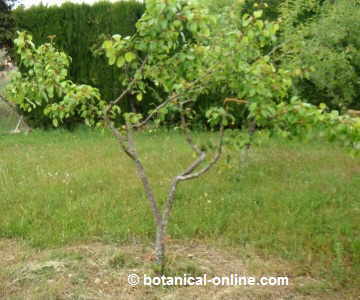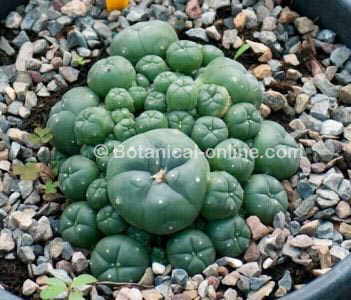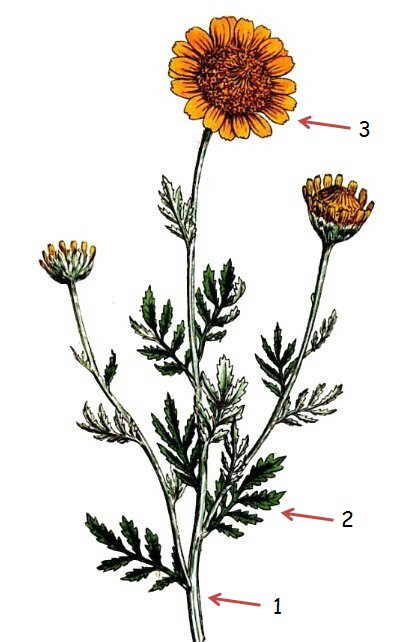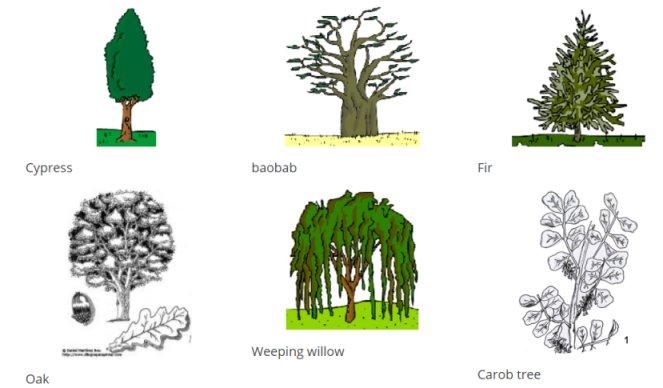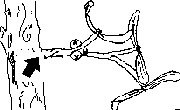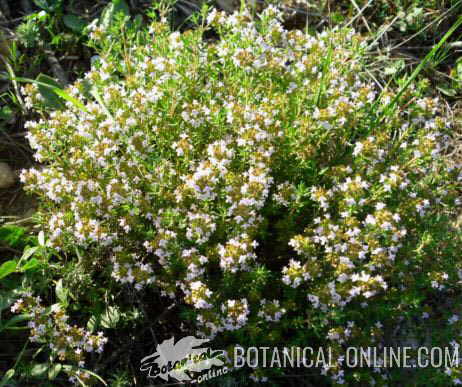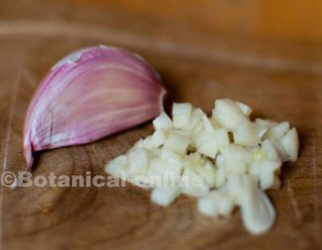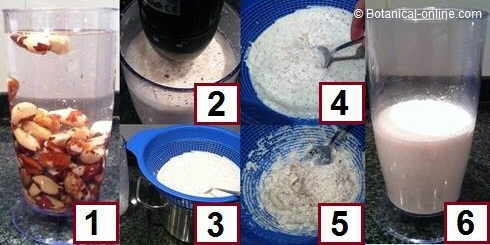Contents
What are perennial climbing plants?
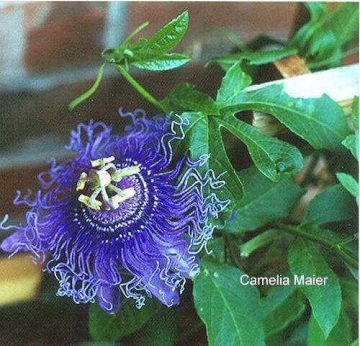
Perennial climbing plants are those that last more than one season, although there are many climbing plants that are grown as annuals in colder places, despite they are perennials in their place of origin,
Most of them keep their leaves when autumn arrives, although some of them may lose them if the weather is not warm enough.
Main perennial climbing plants
Among the main perennial climbers we can mention the following:
Passion flowers:
There are approximately 400 species of passion flowers. They come mainly from the tropical zone of South America. They should be grown in warm areas, on rich, well-drained soils.
It is necessary to provide them with support so that they can climb through their tendrils.
Among all of them, we can point out blue passion flower (Passiflora caerulea), passion fruit (Passiflora edulis), giant granadilla (Passiflora quadrangularis), scarlet passion flower (Passiflora coccinea), red passion flower (Passiflora racemosa), perfumed passionflower (Passiflora vitifolia), orange-petaled passion flower (Passiflora aurantia), red banana passionfruit (Passiflora antioquiensis), water melon (Passiflora laurifolia), Passiflora manicata, etc.
Jasmines:
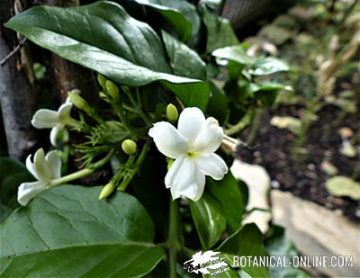
There are approximately 200 species of jasmine. from Asia and Africa. Some are shrubs; other climbing plants.
The latter are usually planted for their white, yellow or pinkish-red flowers, usually very aromatic. They need to be grown in the sun in fertile, well-drained soil.
Among all of them we will highlight the following: Common Jasmine (Jasminum officinale), pink jasmine (Jasminum polyanthum), Italian jasmine (Jasminum humile), lemon-scented jasmine (Jasminum azoricum), Jasminum rex, Arabian Jasmine (Jasminum sambac).
Bougainvillea:
There are approximately 14 species of the genus Bougainvillea. All of them from the tropical region of South America. They present evergreen leaves in their place of origin or in warm areas, but they can appear as deciduous in cooler places or in warm areas with very dry periods.
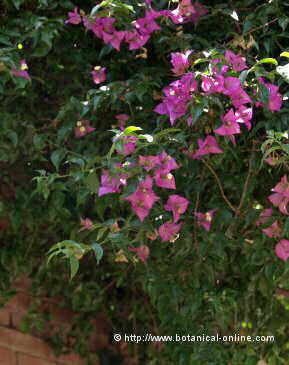
They are used as plants as floor and wall covering plats, that are prized for their abundant flowers in which their large and colorful petal-like bracts stand out.
In their natural state, they can climb taking advantage of their thorns, although when they are cultivated they must be supplied with some kind of support to which they must be tied so as not to collapse. They must be cultivated in the sun in warm or hot areas free of frost. In cold places, when winter comes, they should be stored indoors or protected from the elements. The main species are: Bougainvillea glabra, Peruvian Bougainvillea, Bougainvillea spectabilis….
Akebias:
The genus Akebia comprises 4 species of creepers from Japan, Korea and China.
They are deciduous or semi-deciduous plants that can climb using twining stems. They need moisture, a soil rich in humus and a cool environment. It is better that its roots are in the shade. They can keep the leaves when winter comes if the weather is not too cold.
Among all of them, stand out chocolate vine (Akebia quinata) and Akebia trifoliata. They have compound leaves, trilobed; the second with more patent lobes. Ideal for covering walls or walls. They must be provided with some support so that their stems can climb.
Ivies:
There are about 10 species of ivies. They are all climbing perennials that use aerial roots to grip the surface of the supports on which they can climb.
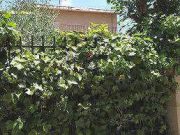
They are used in gardening for the beauty of their leaves, some of which are variegated, with white or golden tones. They can be used as climbing plants, to cover horizontal surfaces, to cover posts, constructions, as hanging plants or for trimming.
They can be grown in the sun or in the shade and are easily propagated through cuttings.
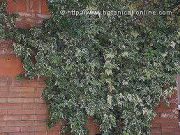
Among the main species we have the European ivy and all its varieties (Hedera helix), Canary ivy (Hedera canariensis) and Persian ivy (Hedera colchica).
Honeysuckles:
There are about 180 species of honeysuckles. Some of these are perennials such as common honeysuckle (Lonicera periclymenum) from Europe, box-leaved honeysuckle (Lonicera pileata) or Lonicera henryi, from China, the coral honeysuckle (Lonicera sempervirens) native to the southern United States.
All of them are vines that grow best in temperate climates regardless of the type of soil. They can be grown in the sun or semi-shade and need to be pruned regularly to maintain compact forms.
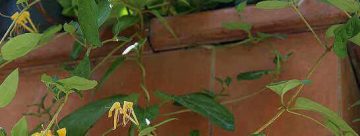
In some parts of the world it has adapted in forests where it has become an invasive weed, capable of displacing the native species of the ecosystem where it has been introduced. It requires a lot of pruning work to control its expansion.
![]() More information on types of plants
More information on types of plants

